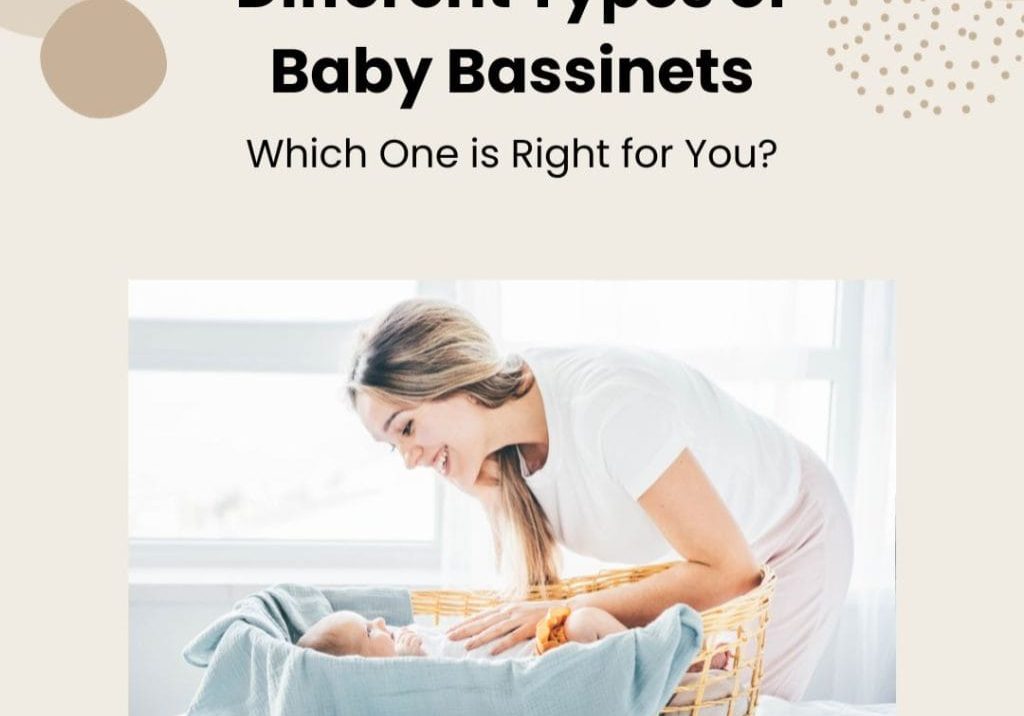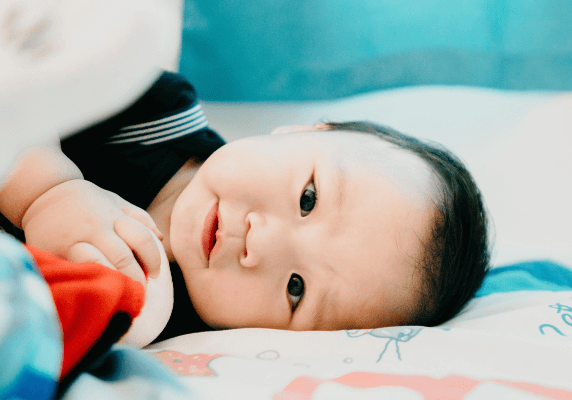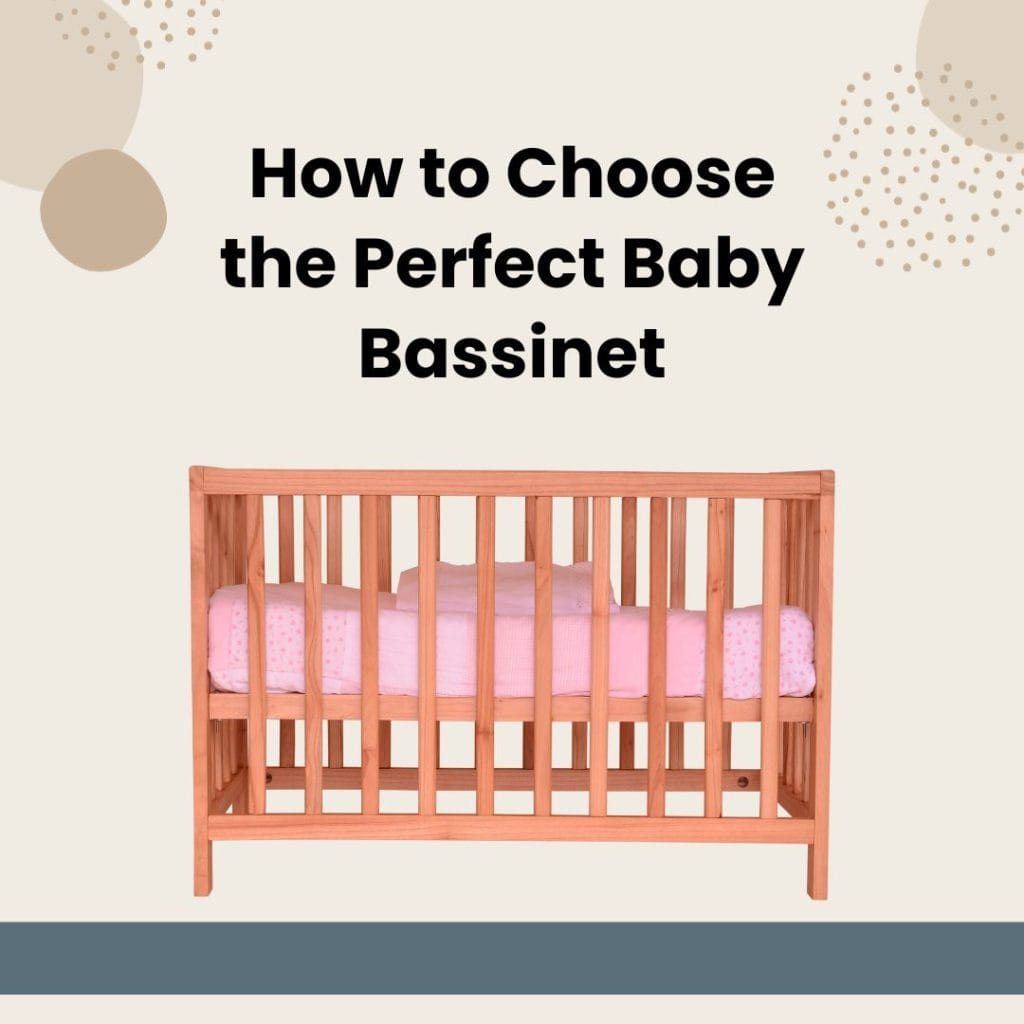Ensuring your baby’s sleep safety is a paramount concern for all parents. With proper knowledge and precautions, the risk associated with sleep can be significantly reduced. This guide aims to provide essential insights into baby sleep safety, helping parents create a secure and conducive sleep environment for their little ones.
“Ensuring Safe Sleep for Your Baby”
Ensuring safe sleep for your baby involves creating a secure and appropriate sleep environment. Your baby should sleep on their back in a crib or bassinet with a firm mattress and fitted sheet, devoid of pillows, blankets, or stuffed animals. Adequate room temperature, quiet surroundings, and using a pacifier can significantly minimize risks of Sudden Infant Death Syndrome (SIDS). Regularly checking on your baby during their sleep is equally essential for their safety and wellbeing.
A Guide To Keeping Your Baby Sleeping Safely
Let’s delve into some detailed strategies and practices to foster baby sleep safety and ensure your little one’s restful slumber.
The ABCs of Safe Baby Sleep
To ensure your baby is sleeping safely, it’s crucial to adhere to the ABCs of safe sleep. Your baby should always sleep Alone, on their Back, and in their Crib. This method is universally accepted and significantly reduces the risk of SIDS.
Resources for Baby Sleep Safety
An abundance of resources exists for parents to navigate the journey of baby sleep safety. Whether you’re expecting, a new parent, or experienced, advice and awareness on reducing SIDS risk are readily available.
The Lullaby Trust
Notably, The Lullaby Trust has made remarkable strides in this area. Their ongoing work and research have helped to decrease the number of babies who tragically pass away by up to 80%. They have compiled numerous resource documents to assist parents in their baby’s sleep journey from birth to 8 months old. By following these guidelines, every parent can ensure a safer sleep environment for their baby.
How To Reduce The Risk Of SIDS
Sudden Infant Death Syndrome (SIDS), also referred to as cot death, is a tragic occurrence where an apparently healthy baby unexpectedly passes away, often without discernible cause. Despite its relative rarity, with approximately 150 to 200 cases reported annually, the impact of each case is devastating and unforgettable.
While SIDS remains largely unexplained, certain preventative measures can be implemented to mitigate its risk. These measures, encompassing both ‘dos’ and ‘don’ts,’ can significantly enhance your baby’s sleep safety.
In the upcoming sections, we will explore these crucial steps in a bid to equip parents with the knowledge and resources necessary for fostering a safe and secure sleep environment for their little ones. The goal is to minimize the risk of SIDS and ensure the wellbeing of your baby.
Dos For Keeping Your Sleeping Baby Safe
Here are several key practices typically recommended to ensure a safe sleep environment for your baby:
- Smoke-free Environment: Refraining from smoking during pregnancy and after giving birth is essential. Exposure to secondhand smoke significantly increases the risk of SIDS.
- Back to Sleep: Always place your baby on their back for every sleep. This position reduces the risk of SIDS significantly.
- Feet-to-Foot Positioning: Placing your baby in the feet-to-foot position, where your baby’s feet are at the end of their cot or Moses basket, minimizes the risk of them wriggling underneath the covers and suffocating.
- Quality Mattress: Use a good quality, waterproof mattress that is both firm and flat. It should be kept clean and dry to prevent the growth of bacteria and mold.
- Bare Head: Ensure nothing is covering your baby’s head while they sleep to prevent overheating, a risk factor for SIDS.
- Room-Sharing: For the first few months, keep your sleeping baby in the same room as you to monitor their sleep and quickly address any potential issues.
- Separate Sleeping Space: Put your baby to sleep in a Moses basket separate from your bed to avoid the danger of accidental suffocation or strangulation.
- Cot Free of Soft Items: Remove all soft toys, loose bedding, and bumpers from your baby’s cot or Moses basket to prevent suffocation hazards.
By adhering to these guidelines, you can create a safer sleep environment for your baby, reducing the risk of SIDS and giving you peace of mind.
Dont’s For Keeping Your Sleeping Baby Safe
To ensure your baby’s safety during sleep, it’s equally essential to be alert to the practices that should be avoided. Here are a few critical pointers:
- Blanket Position: Never tuck your baby’s blanket above their shoulders. This practice ensures their head or face remains uncovered, preventing the risk of suffocation.
- Adult Bed Sharing: Refrain from sharing a bed with your baby. This reduces the potential risk of accidental suffocation during your sleep.
- Temperature Regulation: Avoid letting your baby become too hot or too cold. Maintain the room’s temperature between 16-20 degrees Celsius to ensure a comfortable sleep environment.
- Avoid Sleeping on Soft Furnishings: Never fall asleep with your baby on a settee or armchair. The soft surfaces and cushions can pose a suffocation hazard.
- Swaddling Caution: Do not swaddle your baby too tightly. Overly tight swaddling may restrict their movement and cause overheating.
- Sleep Position: Never put your baby to sleep on their front or side. These positions can increase the risk of SIDS. The safest position for a baby to sleep is on their back.
- Steer Clear of Smoke: Abstain from smoking during pregnancy or while breastfeeding, and keep your baby away from exposure to secondhand smoke. Smoking increases the risk of SIDS.
By avoiding these practices, you can further ensure your baby’s safety during sleep, contributing to their overall health and well-being.
How To Safely Co-Sleep With Your Baby
While the safest place for your baby to sleep is indeed in their own separate cot or Moses basket, there may be occasions when co-sleeping is unavoidable or occurs spontaneously. Knowing how to establish a safe co-sleeping environment is therefore essential. In addition to the previously mentioned ‘dos’ for ensuring safe baby sleep, consider the following extra precautions specifically for co-sleeping:
- Stay Alert: Never leave your baby alone on the bed.
- Limit Bed Sharing: Do not let pets or other children share the bed when your baby is sleeping on it.
- Remove Soft Bedding: Keep the bed free from pillows and soft bedding to prevent overheating or suffocation.
- Ensure Safety: Check for any areas where your baby could become trapped or fall out, and make the necessary adjustments to ensure their safety.
Conclusion
In conclusion, adhering to these suggested guidelines on ‘Baby Sleep Safety,’ can help mitigate the risk of SIDS and ensure your baby’s overall well-being. Building a safe sleeping environment, maintaining vigilant practices, and avoiding risky behaviors altogether provide the basis for ensuring safety during sleep. Remember, co-sleeping safely involves additional precautions. By keeping these critical pointers in mind, parents can foster a secure and comforting sleep experience for their little ones.










